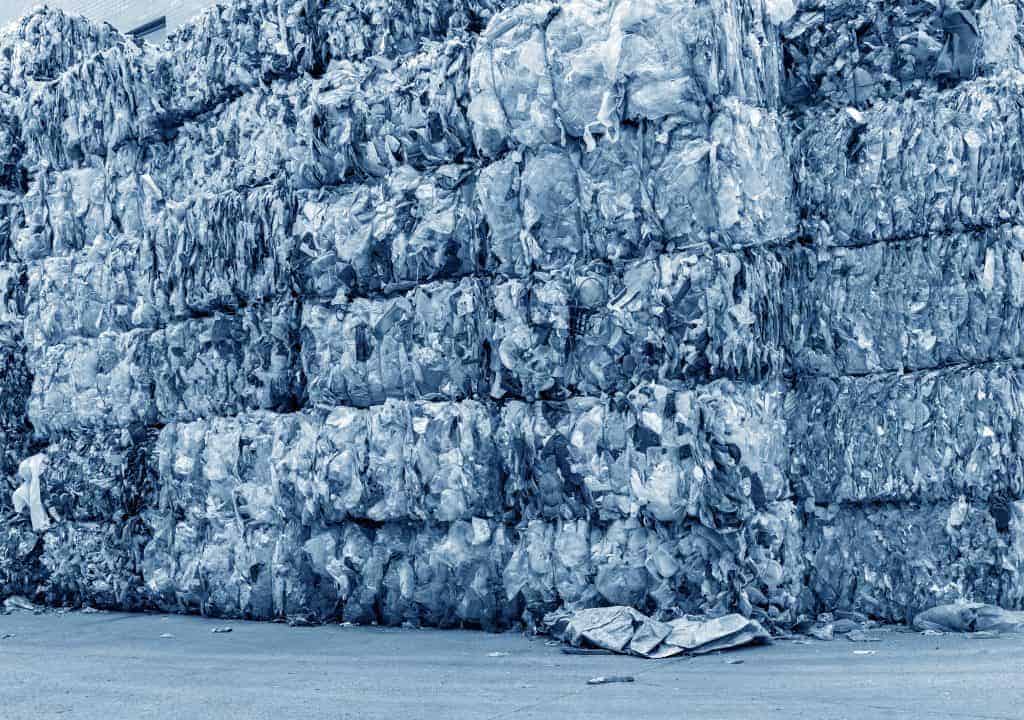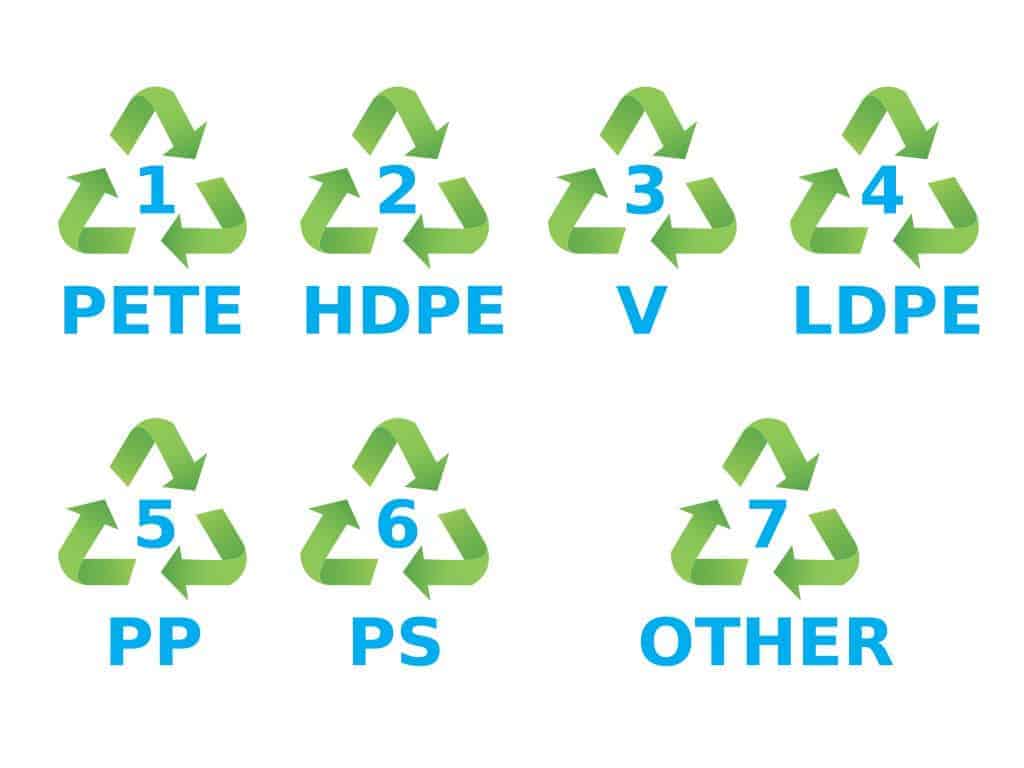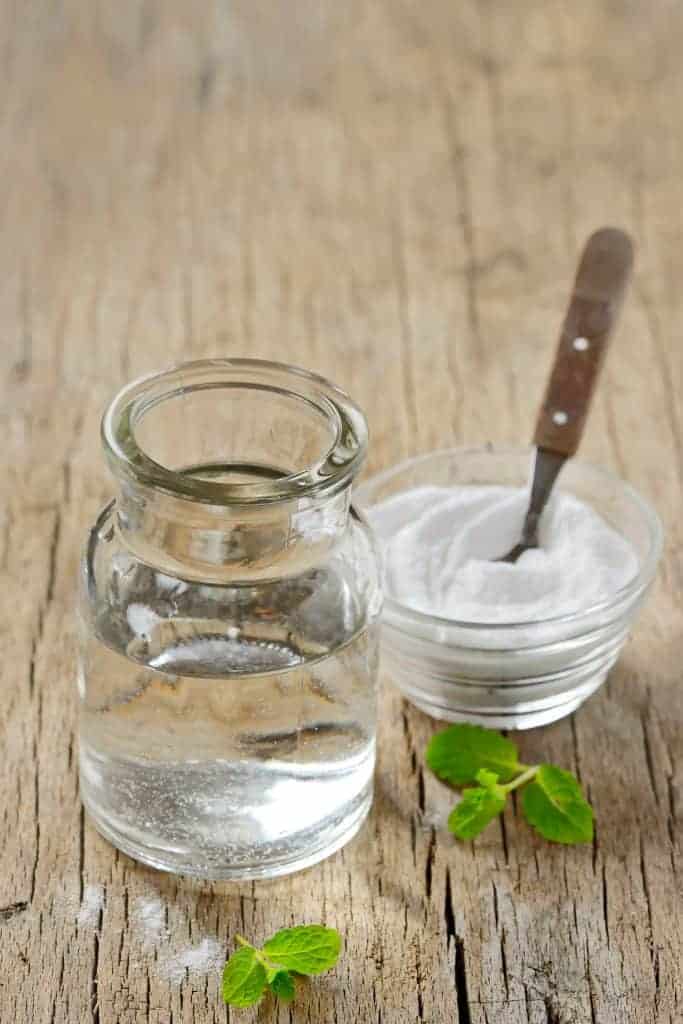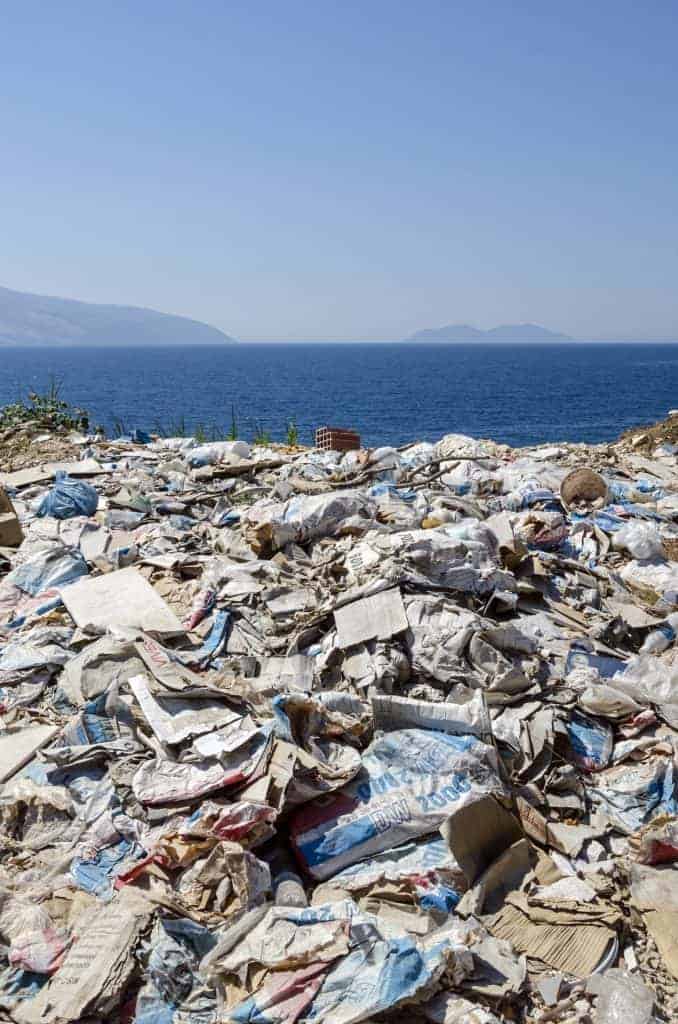Most of us view plastic as a convenience. It can be used to make containers of all sizes, making them lighter and less likely to break. But plastic has a dark side that most of us don’t like to think about when we reach for a bottle of water or our favorite beauty product. But plastic waste and chemicals take a huge toll on our environment and our bodies. Take a moment to learn about the hidden danger of plastics, which products to avoid purchasing in plastic, and how to replace some of your favorite plastic containers with safer options. You can help minimize the enormous problem of plastic waste with some informed decision-making, and we’re here to help.

Silent and Invisible Leaching
Plastic is part of our lives. It’s in the majority of items we come into contact with on a daily basis, including cars, computers, children’s toys, cell phones, and our food products. To put it as simply as possible, plastics are toxic. There is no such thing as a safe plastic, mainly due to leaching. Leaching is the process of loss or extraction of certain materials into a liquid. In other words, chemicals from a plastic container can leach into the contained product.
So how dangerous is this? Some of these toxic compounds that leach into our products can make us very sick. Many plastics contain bisphenol A, or BPA, and have been pulled from the shelves in recent years because of their link to serious diseases, including cancer. But that doesn’t mean that plastics are suddenly safe again. There are several codes used to determine the type of plastic used in a product.
Here’s a quick guide to help you determine which types are safer than others – look for these numbers before you buy:
- Safer choices are coded 1, 2, 4 and 5
- Avoid 3, 6 and most plastics labeled 7
Decoding Plastics

Ever wondered what those numbers on the bottom of your products mean?
Code 1: PET OR PETE (Nylon)
This type of plastic is thin and clear. It is considered to be safe for one-time use and should never be heated up or reused. It can be recycled into fabrics and carpet.
Code 2: HDPE (High-Density Polyethylene)
This is a thick and opaque type of plastic and if made into a container, you should only refill it a certain number of times. It can also be recycled into fabrics and carpet.
Code 3: PVC (Polyvinyl Chloride)
This type of plastic is known to release toxic breakdown products like phthalates into food and drinks. The manufacturing of PVC is known to release highly toxic dioxins into the environment plus PVC is not easily recycled.
Code 4: LDPE (Low-Density Polyethylene)
This soft, flexible type of plastic is commonly found in plastic wrap and grocery and garbage bags. It is considered to be one of the safer types of plastic but is easy to avoid using by switching to reusable shopping bags, recyclable garbage bags, and glass food storage containers.
CODE 5: PP (Polypropylene)
This type of plastic is hard but flexible. It’s considered to be one of the safer plastics but know that there is no such thing as a completely safe plastic.
Code 6: PS (Polystyrene)
A rigid plastic, this type can leach styrene, a serious neurotoxin that can cause harm to the reproductive system. It is used to make Styrofoam cups and trays and should not be used if at all possible.
Code 7: Miscellaneous – any type of plastic that doesn’t fit into other codes
Many types of plastic that fit into this category are made from BPA. Polycarbonate fits in this category and is used to make five-gallon water bottles, sports bottles, clear plastic cutlery or to line metal food cans. Even if a product labeled as code 7 claims to be BPA-free, it can still contain dangerous compounds that leach into your food or beauty products.
Problematic Products
While choosing glass is our top recommendation for reusable, recyclable, eco-friendly, and leach-free containers, don’t throw out every piece of plastic in your home just yet. While living a plastic-free life can be a great goal, it’s difficult to do in our modern world. Let’s start out by focusing on some of the more common plastic products in your home and how you can limit your exposure to them.
Code 1 Products
Instead of using these, switch to glass bottles for drinks, jams, and condiments like peanut butter.
Code 2 Products
Milk and gallon water jugs usually fall into this category, look for glass alternatives. While one-time use should be okay for the plastic versions commonly used, these containers should be recycled after use.
Code 3 Products
PVC is used for condiment bottles, teething rings, toys, shower curtains, window cleaner and detergent bottles, shampoo bottles, cooking oil bottles, clear food packaging, medical equipment, and house siding, windows, and piping. Avoid this type of plastic wherever possible.
Code 4 Products
Choosing trash bags made from post-consumer recycled plastic rather than virgin to help the environment. And when it comes to shopping for everything from groceries, to cosmetics, to clothes, simply BYOB – bring your own bag!
Code 5 Products
Examples of code 5 products include ice cream containers, yogurt containers, drinking straws, and shampoo bottles. While considered to be relatively safe for one-time use, they should always be recycled. There are some bio-based alternatives made from sustainable resins being developed to replace these containers so keep your eyes out for more eco-friendly alternatives popping up.
Code 6 Products
These include styrofoam coffee cups and opaque plastic spoons, forks, and knives. These items should be avoided because of the high risk of leaching. We know they might be convenient but there are so many great reusable options that make the need for polystyrene products obsolete.
Code 7 Products
There are a plethora of items that could be marked Code 7. If used to hold food, they should never be reheated. Look for BPA-free linings in cans and bottles, and choose products in glass whenever you can.
One of the many problems with plastic – WASTE!
Take Back Control
So how can we eliminate and take control back from plastics in our lives? There are several ways, ranging from simple recycling to more involved processes. See if you can make any of the following changes to your current routine.
Recycle
If a plastic is dangerous, the worst thing you can do is throw it in the trash and allow it to possibly enter our water system or sit in a landfill emitting toxic fumes. Do the responsible thing and recycle it properly so that we can reduce waste and the emission of dangerous toxins.
Embrace Glass
Glass is much safer than plastic as it doesn’t leach chemicals and can be reused for as long as you need. Try purchasing more food items in glass, such as milk, salad dressings and condiments, pickled foods, and juice. If you are unable to find a glass option, transfer the food to a glass container once you get home to limit the chances of chemicals leaching into your food or household products.
DIY Products
There are quite a few items you can make yourself at home and store in glass containers instead of buying them from the store in a plastic container. While it might not be possible to “make” a gallon of milk, you can focus more on making household items, like cleaners and beauty products. Here are a couple quick recipes to get you started that use organic essential oils for a completely natural product.
- DIY Shampoo
You can eliminate plastic from your shower if you make your own products. It’s not as hard as you think. To make a shampoo, mix ¼ cup full-fat coconut milk with ¼ cup liquid castile soap in a glass container. Add 15 drops of essential oils (try organic peppermint, lavender, or rosemary). If your hair is dry, add ½ teaspoon of organic almond oil. Combine well and use about a teaspoon for each washing. The shampoo should stay good for about a month. You can also try this recipe for Organic Castor Oil Moisturizing Shampoo.
- DIY Mouthwash
Grab a small mason jar or 4 oz. glass bottle and pour in ½ cup of distilled water. Add 2 teaspoons baking soda, 2 drops of organic tea tree oil, and 2 drops of organic peppermint essential oil for taste. Screw on the top and shake well. You’ll need to shake it before each use. To use, swish a couple teaspoons in your mouth for a minute and spit out.

With a little creativity and dedication, you can limit the amount of plastics that enter your home and keep you and your family better protected from dangerous toxins. You can learn more about plastics and some other eco-friendly alternatives here.
